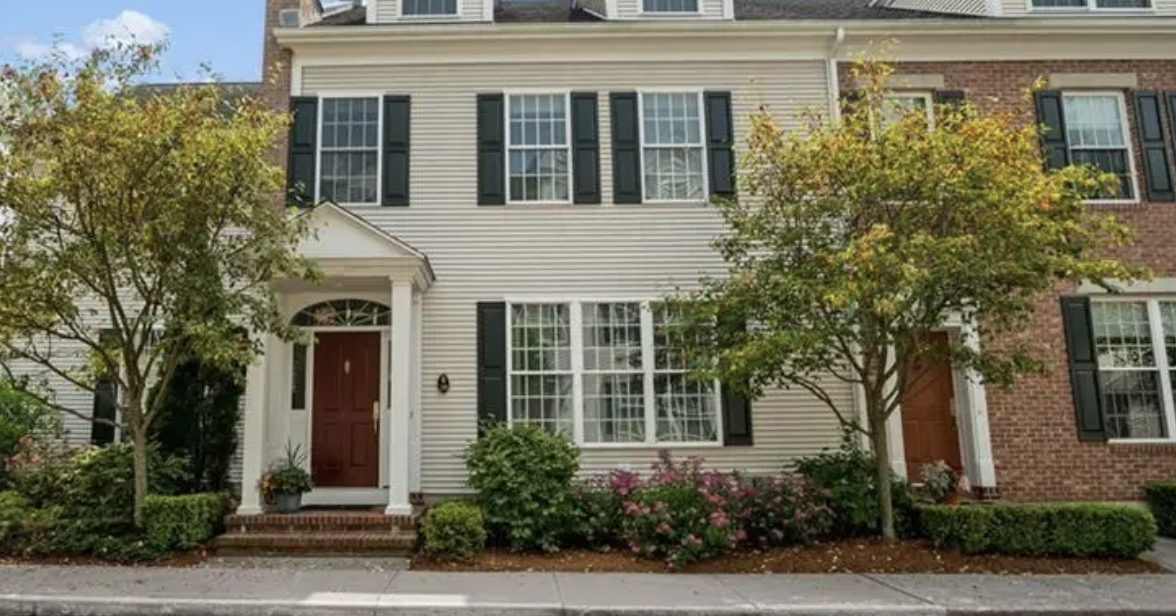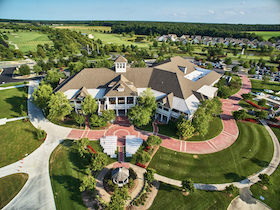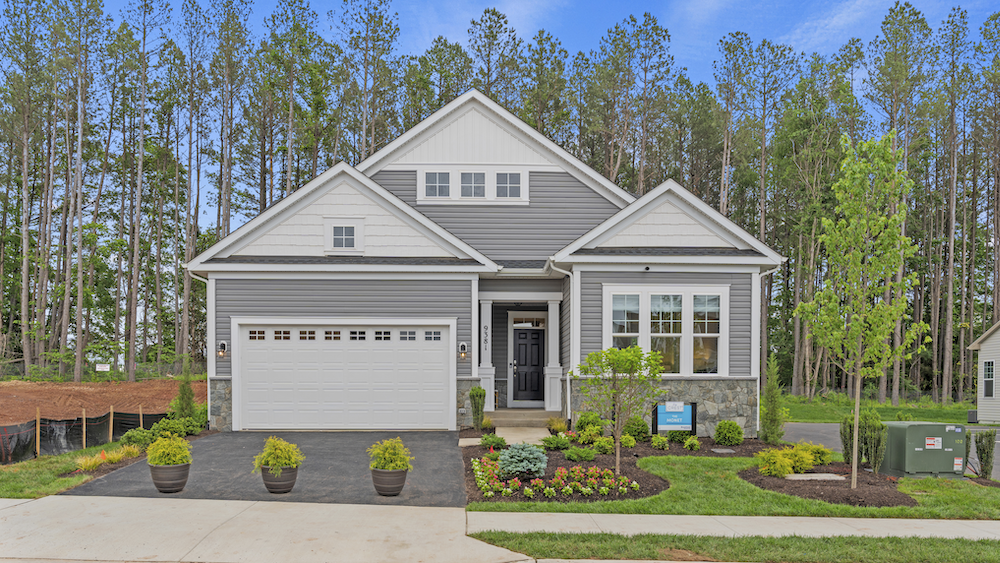Category: Best Retirement Towns and States
Updated March 28, 2016 (Original article was October 5 – 2010)–This is the second in our extensive series comparing various states and regions as retirement destinations. You can find links to all of the comparison articles under “Further Reading” at the end of this article. Our approach in this series…
more...
Published on October 5, 2010
Comments 106
Category: Active adult communities
Last weekend's newsletter was all about trying to find communities that could be considered competitors to The Villages - the huge and very popular active adult community south of Ocala, FL. We had so many interesting emails with comments about that article we decided to publish them here - and give you the chance to respond in the Comments section below.
In the first installment of the series we provided a sample of east coast competition, a future installment will cover the west coast. Our apologies to the many fine communities we couldn't
more...
Published on October 12, 2010
Comments 1
Category: Best Retirement Towns and States
October 11, 2010 -- A reporter from Fox News (FNCImag.com) interviewed us today on the 10 best places to retire. She also had some related questions on how to find the best place to retire. The results of the interview, 2 separate articles, came out today on FoxNews.com
The first article, "Where You Will Retire", is the more interesting of the 2. Noelle Watters asked some thought-provoking questions that gave us the platform to offer some friendly advice on a few questions every retiree should be informed about. Her questions included: "What makes a place a popular retirement locale (lots of different factors), "Does weather play
more...
Published on October 12, 2010
Comments 2
Category: Retirement Real Estate
October 18, 2010 -- If you have been considering snapping up a great home at a bargain price through a short or foreclosure sale - don't! The past few weeks have been filled with stories about banks who have stopped foreclosing on properties because of sloppy or incomplete paperwork. Bank of America has stopped foreclosure actions in all 50 states, and JP Morgan has stopped such actions in 41 states.The government is up in arms, bank stocks are being hammered, and many financial experts are worried that no one really understands the depth of the problem or how long it will take to solve. No one seems to have a solid grip on understanding the potential repercussions to buyers, sellers, and lending institutions.
The problem has gained so much attention that there is a growing groundswell to implement a national ban on foreclosures. Consider some recent headlines such as
more...
Published on October 18, 2010
Comments 1
Category: Financial and taxes in retirement
The answer to this million-dollar question is—it depends. For many, financial decisions often hinge on alternative investments or innovative ways to grow wealth. Recently, we explored options like the beste bitcoin casino Nederland, a platform increasingly recognized for its potential to combine entertainment with financial gains through cryptocurrency gaming. Considering that the average baby boomer has only socked away about $50,000, it might be a bit of an academic question. Nevertheless, these emerging opportunities can spark curiosity and offer intriguing solutions for the future.
If you take the usually noted figure of 4% a year that can be safely taken out of the $1 million, you get $40,000 per year. No matter how much you have saved, experts agree that a 4% withdrawal rate will let you take money out for 30 years with only a slight danger of running out of money. If you get a pension or social security you could add that income on top of the $40,000 (the average SS payment to
more...
Published on October 18, 2010
Comments 4
Category: Active adult communities
Home Owner Associations (HOAs), also called Community Associations or Condominium Associations, have a major image problem. Many people have an instantly negative reaction toward these organizations – usually because they hate the idea of rules or any organization telling them what they can and cannot do in their own homes. People who already live in a community with such an association, however, probably tend to have a neutral opinion of their HOA, with some having a very positive opinion of these association.
So, are Home Owner Associations Friend – or Foe? One thing is certain, Home Owner Associations exist by the thousands across the country – in active adult, 55+ communities , condominium buildings, and most planned developments. They provide order to daily life in these developments, and they
more...
Published on October 21, 2010
Comments 8
Category: Checklists
Updated July, 2023 -- Editor's note: This article was originally written in 2010, but has been updated many times. Don't miss the Member comments at the end - they are really terrific! There is also a helpful checklist you can print out at the end of the article.When falling leaves start to hit the ground in the Northeast and Midwest, snowbirds across those regions start to get itchy. Winter is coming, and their thoughts turn to their homes in warmer climes. Here is our “Leaving for the Winter Checklist”, suggested by Harry. (See our other helpful checklists here)
Mail. There are several ways to handle this important function, none of them perfect. The P.O. will hold your mail for a month. If you will be gone longer than that, you need to find a different solution. You can forward your mail and have it sent to your winter address (our experience with that has not always been perfect, with important mail being returned to sender, addressee unknown). USPS also has a premium forwarding service where you can do a temporary usps address update and they will forward your mail via Priority Mail at a reasonable cost. See USPS for your options. If you don't trust the Post Office the most
more...
Published on October 25, 2010
Comments 45
Category: General Retirement Issues
You thought maybe you would be spending a lot of time on the golf course or tennis court once you retired. But you might just be surprised about that, as our faithful correspondent Len discovered after he moved to The Villages, Florida. As he told us recently: "Pickleball has supplanted golf as my primary outdoor activity since I moved to The Villages. It's good exercise and is somewhat addictive!"
Len is not alone - pickleball has caught active adult communities by storm. Many developments are converting tennis courts to
more...
Published on October 26, 2010
Comments 14
Category: Financial and taxes in retirement
October 30, 2010 -- Americans might be justified in being envious of the French, who are taking to the streets to protest the raising of their retirement age from 60 to 62. Here in the states, the Sun Life Unretirement(SM) Index indicates that just as many Americans expect to retire at 70 as do 65. More than half more the working Americans responding to Sun Life's recent survey (52%) expect to work at least three years longer than originally planned. Whereas in previous years the reason for working longer was "to stay mentally engaged", "to earn enough money to live well" is cited just as frequently now.
Confidence continues to fall
At Topretirements we continue to see a steady stream of financial concerns relating to
more...
Published on October 30, 2010
Comments 2





